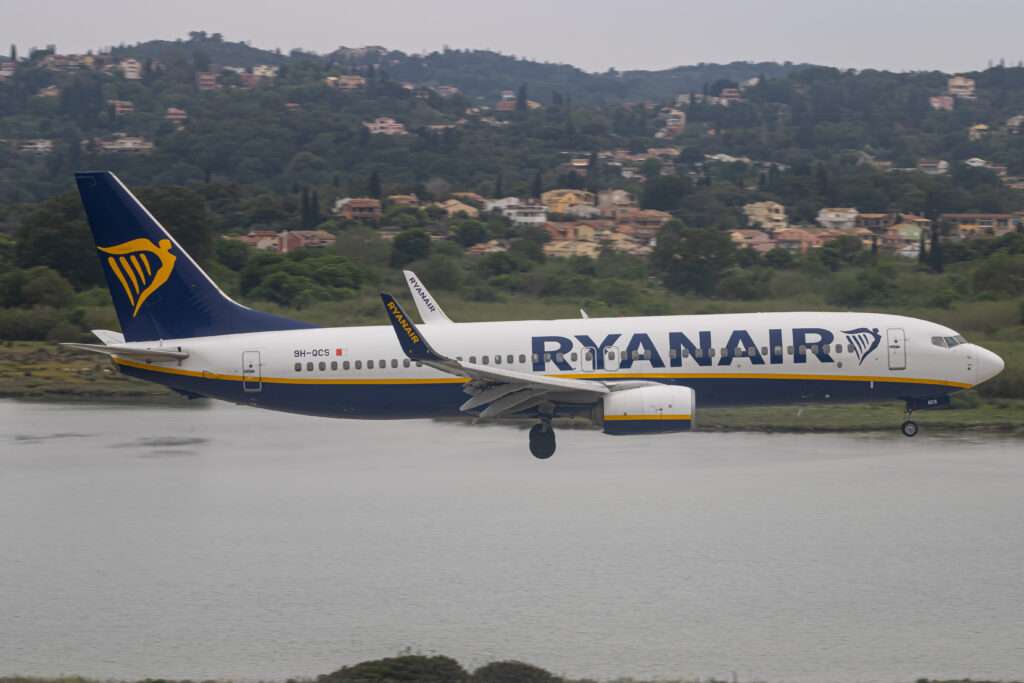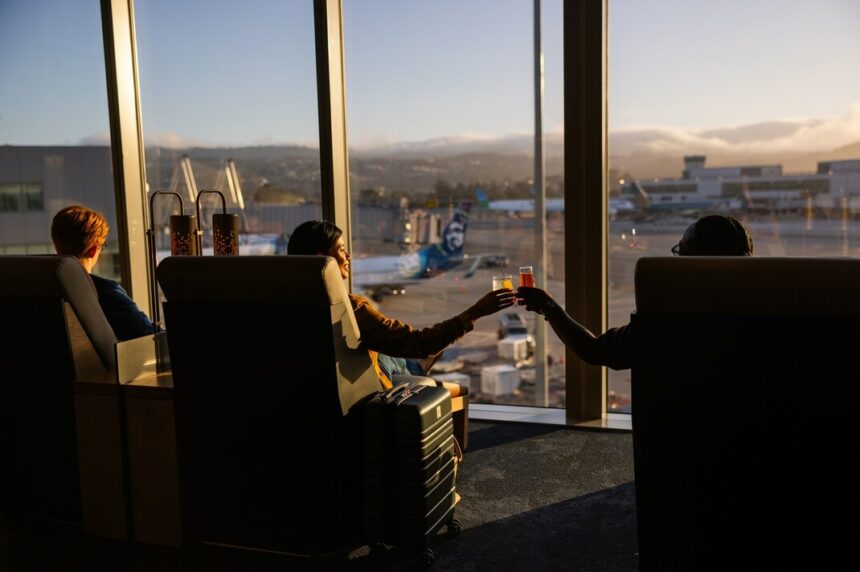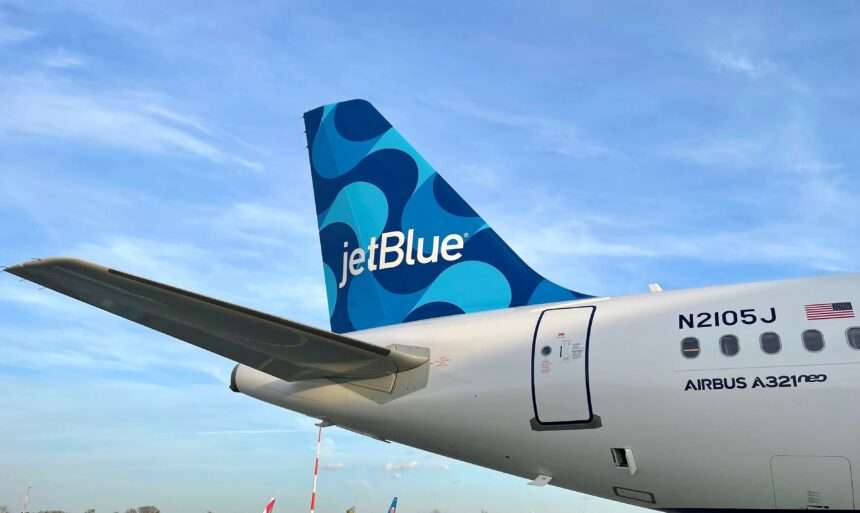Ryanair, a name synonymous with budget travel in Europe, boasts a rich history marked by innovation, disruption, and a touch of controversy.
Its journey, beginning as a small Irish carrier, transformed into a behemoth reshaping the European airline landscape.
Taking Flight: 1984-1990

The story starts in 1984, with a group of Irish businessmen led by Tony Ryan, founder of aircraft leasing company Guinness Peat Aviation.
Their target: the high airfare burdening travelers crossing the Irish Sea.
The name “Ryanair,” a nod to the founding family, soon adorned a single 15-seater Embraer Bandeirante turboprop.
Furthermore, this marked the airline’s inaugural flight in 1985, connecting Waterford, Ireland, to London Gatwick.
The early years were modest, with just 25 employees and 5,000 passengers in the first year.
Yet, the seeds of future success were sown. Ryanair challenged the dominance of established airlines like British Airways and Aer Lingus by offering significantly lower fares.
The Low-Cost Revolution: 1990-2000

The arrival of Michael O’Leary as CEO in 1991 proved pivotal.
Inspired by US low-cost carriers like Southwest, O’Leary spearheaded a complete overhaul of Ryanair’s business model.
Free meals and drinks were scrapped in favor of a la carte options, a single Boeing 737 fleet standardized operations, and high-frequency routes maximized aircraft utilization.
Furthermore, this relentless focus on cost-cutting wasn’t without its critics.
But it undeniably yielded results.
In 1990, Ryanair rebranded itself as “Europe’s First Low Fares Airline,” a title it fiercely defended.
Passengers flocked to the budget-conscious model, and Ryanair’s network expanded beyond the Irish Sea.
The deregulation of the European airline industry in 1992 provided a massive tailwind.
Furthermore, Ryanair seized the opportunity, aggressively establishing new routes across Europe.
This period also saw the launch of Ryanair.com in 2000, becoming one of the largest booking websites at the time.
Growth and Controversy: 2000-Present
The new millennium ushered in a period of explosive growth for Ryanair.
The airline went public in 1997, using the funds to fuel its expansion.
Passenger numbers soared, and Ryanair dethroned established carriers on key routes.
By 2005, it carried more passengers in a single month than British Airways did on its entire network – a remarkable feat.

However, Ryanair’s relentless pursuit of low costs often came at a price.
The airline faced criticism for its aggressive customer service practices, labor relations, and environmental impact.
Accusations of hidden fees, strict baggage policies, and a combative corporate culture became commonplace.
Furthermore, despite the controversies, Ryanair remained a dominant force in European aviation.
It navigated industry downturns, including the 2008 financial crisis and the COVID-19 pandemic, with a remarkable degree of resilience.
The airline continued to expand its fleet and network, even acquiring rival carrier Lauda Air in 2017.
Looking Ahead
Overall, Ryanair stands as Europe’s largest low-cost carrier and one of the world’s biggest airlines by passenger numbers.
Its influence on the industry is undeniable, democratizing air travel for millions by making it more affordable.
Yet, the airline’s future is not without challenges.
Rising fuel costs, environmental concerns, and potential changes in air travel regulations all pose potential hurdles.
In conclusion, Ryanair’s legacy is a complex one.
It is a story of innovation and disruption, but also of controversy and cost-cutting at all costs.
As the airline navigates the ever-evolving aviation landscape, one thing is certain: the journey of this European giant will continue to be closely watched.

Click the banner to subscribe to our weekly newsleter.

Click the photo to join our WhatsApp channel so then you can stay up to date with everything going on in the aviation industry!









